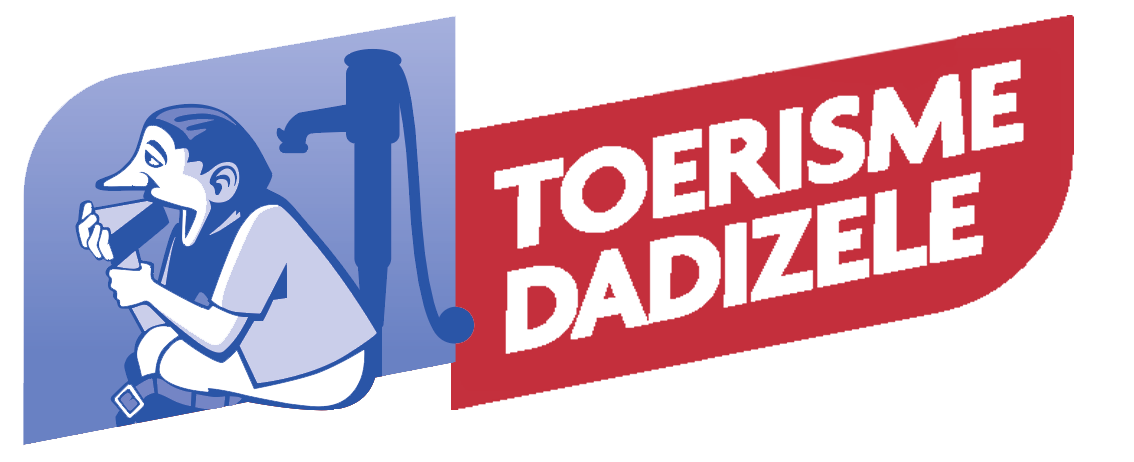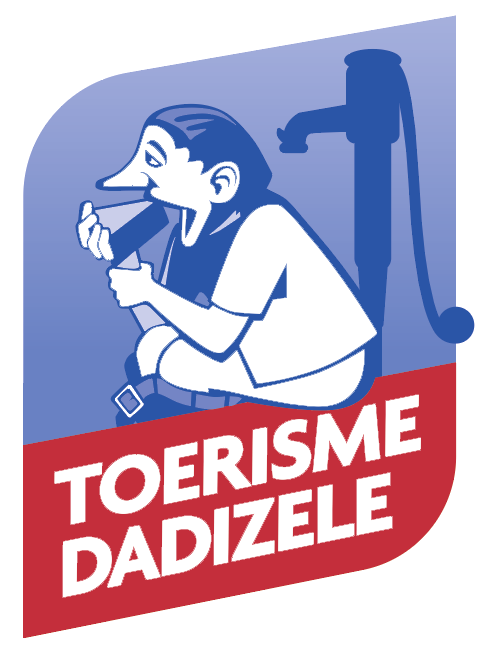Gemeenteschool en schoolhuis
Nederlands
“In 1866 werd een nieuw schoollokaal gebouwd op een stuk grond, ter oppervlakte van 26 aren 56 centiaren, aan de oostzijde van het dorp, langs den weg naar Kortrijk. Dit lokaal bevat eene zaal voor 90 leerlingen, eene opene speelplaats en eene ruime en gemakkelijke onderwijzerswoonst…” Brinck uit Kortrijk was de architect, Bouckaert-Clarys uit Roeselare de aannemer.
Dit schoollokaal deed dienst als nieuw opgerichte gemeenteschool. In 1884 besloot de gemeente de school te sluiten omdat er slechts een achttal kinderen ingeschreven waren na de oprichting van de Vrije Jongensschool in de Ketenstraat in 1879.
De Teekenschool, eind 19de eeuw (exacte datum onbekend) door August Vandenbussche opgericht, had te weinig ruimte in de bovenkamers van Rethorica bij E. Serruys. De leegstaande gemeenteschool was een ideale locatie. Na WOI vond men de academiegebouwen in puin. In 1920 konden de tekenlessen hernomen worden in houten barakken van het leger.
Het schoolhuis werd door Omer D’Halleweyn, schoolhoofd van de Vrije Jongensschool, bewoond van 1921 tot aan zijn dood in 1940.
Tijdens WOII woonde Jules Pype er. Daarna werd het gemeentehuis er geïnstalleerd met alle bureaus van rantsoenering en andere.
In 1948 kwam Remi Sioen, schoolhoofd van de Vrije Jongensschool er wonen. Datzelfde jaar werd de Vrije Bibliotheek er voor enkele jaren ondergebracht.
In 1961 kon Remi Sioen dit huis kopen. In mei 2006 werd het verkocht, maar Remi Sioen kon er nog tot in augustus 2007 blijven. Het huis was enkele jaren onbewoond tot in 2012.
Français
École municipale et maison d'école
"En 1866, une nouvelle salle de classe a été construite sur un terrain d'une superficie de 26 acres 56 centimètres, à l'est du village, le long de la route de Courtrai. Cette salle contient une salle pour 90 élèves, une cour de récréation ouverte et une résidence de professeur spacieuse et confortable...". Brinck de Courtrai était l'architecte et Bouckaert-Clarys de Roeselare l'entrepreneur.
C'est ainsi que la nouvelle école municipale a vu le jour. En 1884, la ville a décidé de fermer l'école car seuls huit enfants y étaient inscrits après la création de l'école libre pour garçons dans la Ketenstraat en 1879.
L’école de dessin, fondée par August Vandenbussche à la fin du 19e siècle, n'avait pas assez de place dans les salles supérieures du café Rethorica. L'école municipale vide était un endroit idéal. Après la Première Guerre mondiale, les bâtiments ont été retrouvés en ruines. En 1920, les cours de dessin ont pu être repris dans les cabanes en bois de l'armée.
L'école a été occupée par Omer D'Halleweyn, directeur de l’école libre pour garçons , de 1921 à sa mort en 1940.
Pendant la deuxième guerre mondiale, Jules Pype y a vécu. Par la suite, l'hôtel de ville y a été installé.
En 1948, Remi Sioen, directeur de l'école
libre
des
garçons, est venu y vivre. La même année, le bâtiment est devenu le siège de la bibliothèque .
En 1961, Remi Sioen a pu acheter la maison. La maison a été vendue en mai 2006, mais Sioen a pu y rester jusqu'en août 2007. La maison est restée inoccupée jusqu'en 2012.
English
Municipal school and school house
“In 1866 a new schoolroom was built on a piece of land, measuring 26 ares and 56 centiares, on the east side of the village, along the road to Kortrijk. This room contains a hall for 90 pupils, an open playground and a spacious and comfortable teacher's residence…” Brinck from Kortrijk was the architect, Bouckaert-Clarys from Roeselare the contractor.
This is how the new municipal school was born. In 1884 the municipality decided to close the school because only eight children were registered after the foundation of the Vrije Jongensschool (Catholic Boys’ School) in the Ketenstraat in 1879.
The Teekenschool (Art School), founded by August Vandenbussche at the end of the 19th century, had too little space in the upstairs rooms of café Rethorica. The vacant municipal school was an ideal location. After WWI, the buildings were found in ruins. In 1920 the drawing lessons could be resumed in wooden barracks of the army.
The schoolhouse was occupied by Omer D'Halleweyn, headmaster of the Catholic Boys' School, from 1921 until his death in 1940.
Jules Pype lived there during WWII. After that, the town hall was installed there.
In 1948 Remi Sioen, headmaster of the Catholic Boys' School, came to live there. That same year, the Catholic Library was housed there.
In 1961 Remi Sioen was able to buy this house. It was sold in May 2006, but Sioen was able to stay there until August 2007. The house was uninhabited until 2012.

